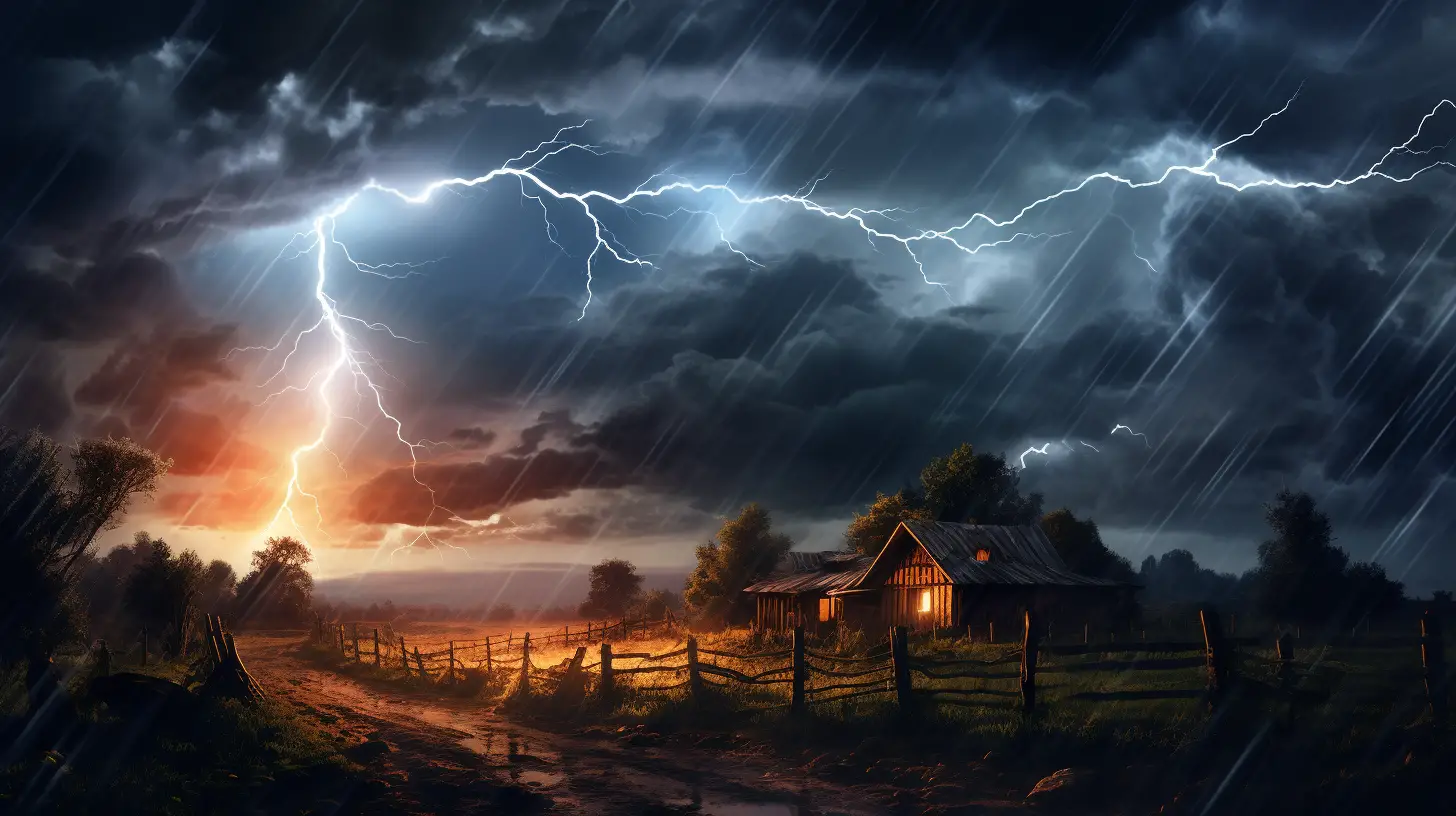There is a compelling allure to the raw power of nature, and few phenomena exemplify this more than tornadoes. These fearsome weather events, defined by their cyclonic winds and destructive potential, have both fascinated and terrified humankind for centuries. Armed with the tools of modern science, we can now better understand the processes that govern tornado formation and even predict their occurrences with a certain degree of accuracy. Nevertheless, much about these violent windstorms remains shrouded in mystery, creating an unceasing curiosity.
In this article, we delve into 25 intriguing facts about tornadoes and why they happen, offering a glimpse into the captivating world of atmospheric science.
1. Definition: A tornado is a rapidly rotating column of air that is in contact with both the surface of the Earth and a cumulonimbus cloud or, in rare cases, the base of a cumulus cloud.
2. Tornado Alley: The United States has a region nicknamed ‘Tornado Alley.’ This area, encompassing parts of Texas, Oklahoma, Kansas, Nebraska, and South Dakota, experiences the highest frequency of tornadoes in the world due to its unique geographical and meteorological conditions.
3. Formation: Tornadoes form from severe thunderstorms. These storms often feature a mesocyclone—a rotating updraft—which can spawn a tornado if conditions are right.
4. Wind Speeds: Tornado winds can reach an astonishing 300 mph (480 km/h). These winds can cause widespread damage and destruction.
5. Rating Scale: The Enhanced Fujita (EF) scale is used to rate the intensity of a tornado by examining the damage caused after it passes. The scale ranges from EF0 (minor) to EF5 (incredible).
6. Tornado Duration: Most tornadoes last less than 10 minutes, but some exceptionally persistent ones can last for over an hour.
7. Waterspouts: Waterspouts are tornadoes that form over water. They are generally weaker than land tornadoes but can still pose a threat to boats and coastal areas.
8. Dust Devils: These are small, weak whirlwinds that often pick up dust and debris, resembling tornadoes. However, they form under clear skies and are typically harmless.
9. Global Occurrences: While the U.S. experiences the most tornadoes, these weather phenomena occur across the world, including in places like Canada, Europe, Asia, and Australia.
10. Size Variation: Tornadoes can vary in size dramatically. Some are just a few meters across, while others can reach over 2 miles in width.
READ MORE: 25 Interesting Facts About Thunderstorms and Why They Happen
11. Multiple Vortex Tornadoes: Some tornadoes contain smaller, intense sub-vortices revolving around the center of the main vortex. These are known as multiple vortex tornadoes and can be particularly destructive.
12. Tornado Season: Tornado season typically runs from March to June in the U.S. However, tornadoes can form any time when conditions are right.
13. The Deadliest Tornado: The deadliest tornado in history struck Bangladesh in 1989, killing approximately 1,300 people.
14. Forecasting: Modern technology can now provide about 13 minutes of warning before a tornado hits—an improvement from the past, but still a short window of time.
15. Tornadoes and Climate Change: Research is ongoing, but some scientists believe that climate change may lead to more frequent and intense tornadoes.
16. Night Tornadoes: Tornadoes occurring at night are especially dangerous because they are harder to see and can catch people off guard while they are sleeping.
17. F5 Tornadoes: These are the most devastating tornadoes. According to the U.S. National Weather Service, less than 0.1% of tornadoes achieve this level.
18. Tornado Sounds: Many survivors report that a tornado sounds like a freight train due to the roaring noise produced by the high winds.
19. Tornado Safety: If a tornado warning is issued, it is recommended to take shelter in a windowless, low-lying room like a basement.
20. Record-Breaking Tornado Outbreak: The 2011 Super Outbreak across the southeastern United States saw a record-breaking 360 tornadoes in three days.
21. Tri-State Tornado: The longest-traveled tornado on record, the Tri-State Tornado of 1925, traveled 219 miles across Missouri, Illinois, and Indiana.
22. Tornado-Resistant Architecture: In tornado-prone areas, some buildings are constructed to be tornado-resistant, with features like reinforced concrete and wind-resistant windows.
23. Tornado Research: Meteorologists use tools like Doppler radar and weather balloons to study tornadoes and better understand their behavior.
24. Tornado Chase: Some scientists, known as storm chasers, actively follow tornadoes to collect data, improve tornado prediction, and test new scientific theories.
25. Famous Tornadoes: Some tornadoes have gained infamy due to their size, damage, or location. These include the 1999 Oklahoma City tornado, the 1974 Super Outbreak tornadoes, and the 2011 Joplin tornado.
By understanding these facts about tornadoes, we can appreciate the awe-inspiring might of these natural phenomena. However, these insights also remind us of the importance of advancing meteorological science to better predict and prepare for these destructive events. Tornadoes embody the dual nature of Mother Earth—both her beauty and her destructive capability—revealing the relentless dynamism of our planet.



